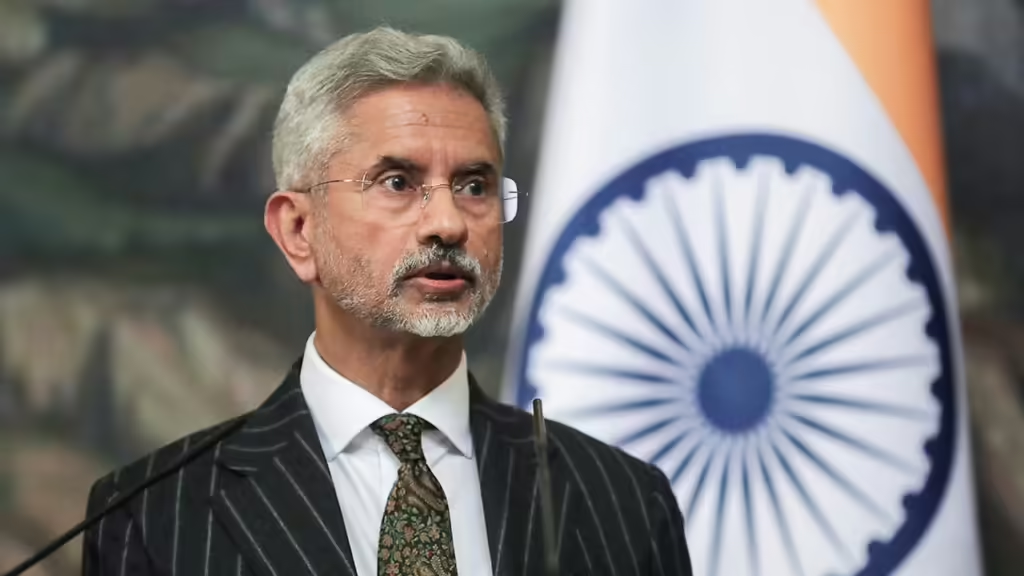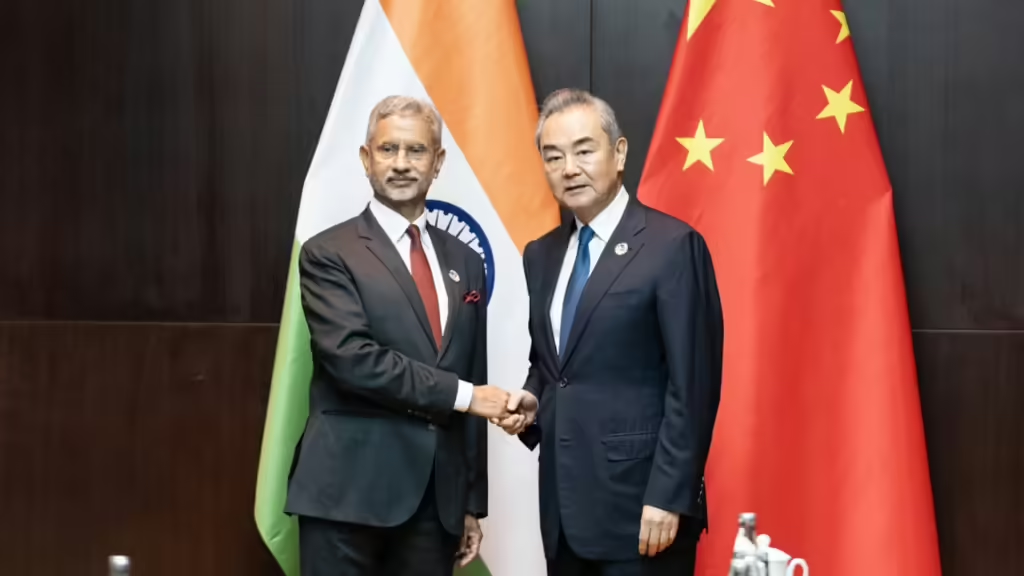
India and China Take Steps Towards Stability Following Border Tensions
In a positive turn of events, China announced on September 13 the withdrawal of its troops from four key locations in eastern Ladakh, including the Galwan Valley, a move welcomed by India. This decision follows a recent meeting in Russia during the BRICS national security advisors’ conclave, where both nations discussed enhancing bilateral ties.
External Affairs Minister S. Jaishankar addressed the complexities of India-China relations in New York, acknowledging a history marred by conflict and misunderstandings. He highlighted that prior clashes had severely impacted diplomatic relations, particularly when China deployed a significant number of forces to the Line of Actual Control (LAC) during the COVID-19 pandemic.

Jaishankar stated, “We have a difficult history with China… Despite explicit agreements, we experienced violations, leading to deadly confrontations that overshadowed our relationship.” He noted that while 75% of disengagement issues have been addressed, challenges remain, particularly concerning patrolling rights. “The next step will be de-escalation,” he emphasized.
Chinese Foreign Ministry spokesperson Mao Ning confirmed the progress, stating that the border situation is now “generally stable and under control.” This latest development marks a significant step towards easing tensions and fostering a more cooperative atmosphere between the two Asian neighbors.


